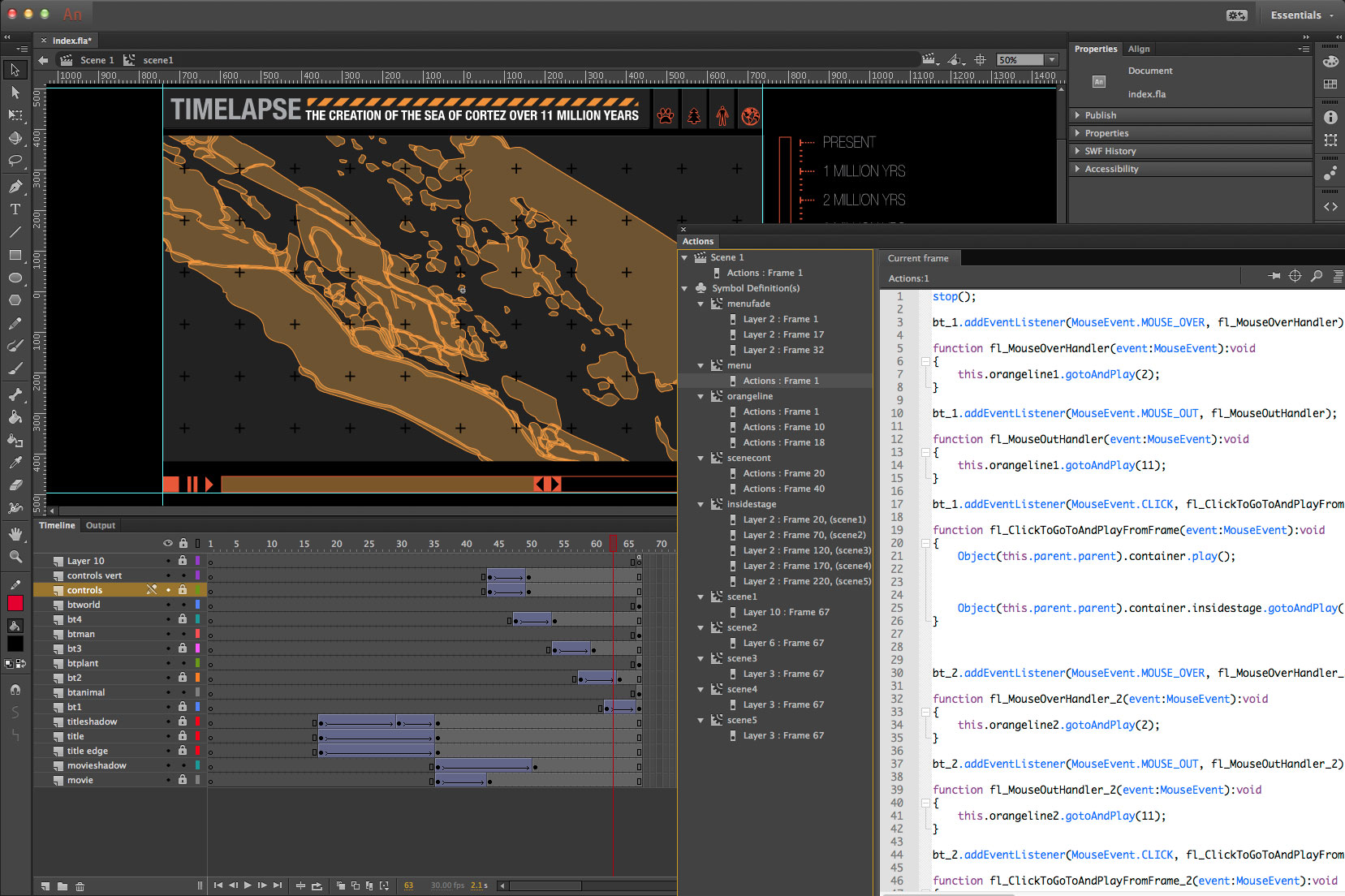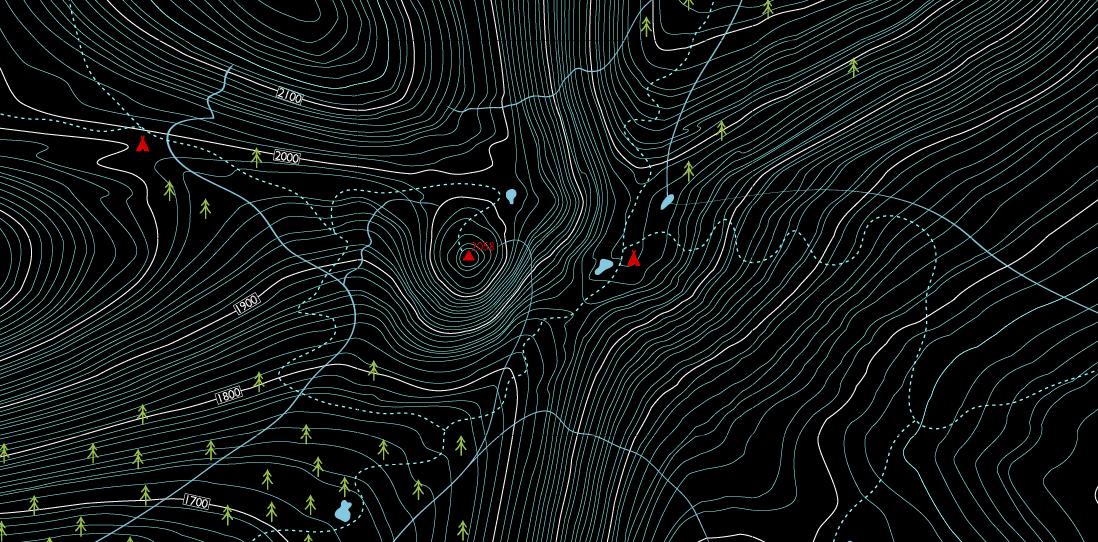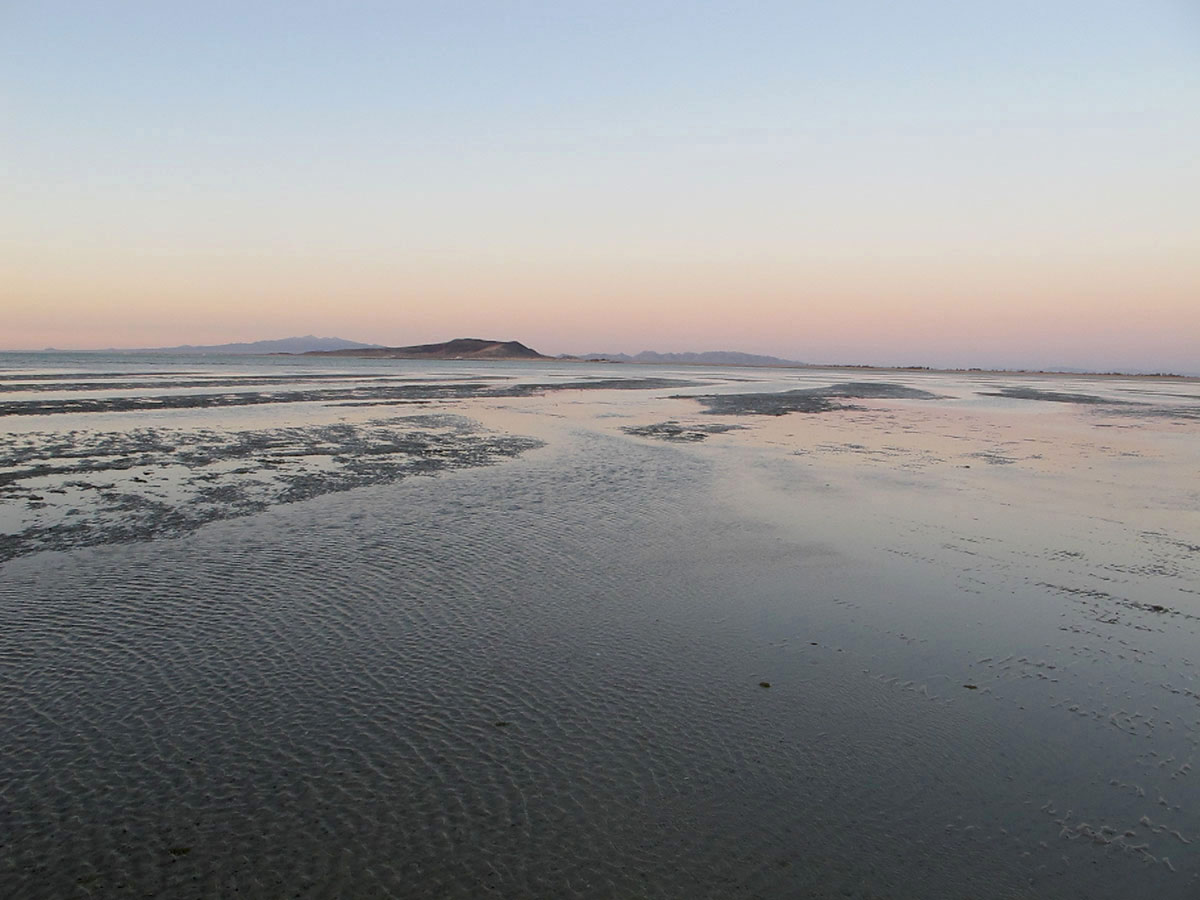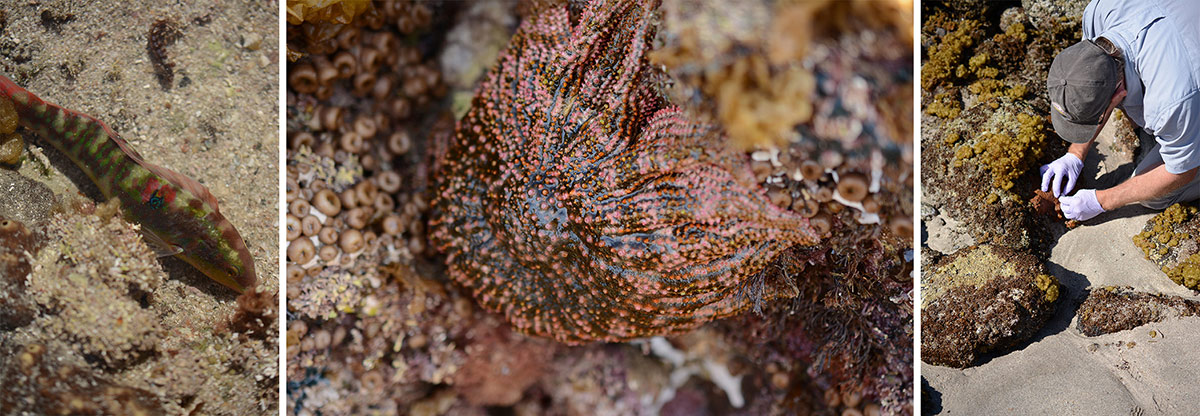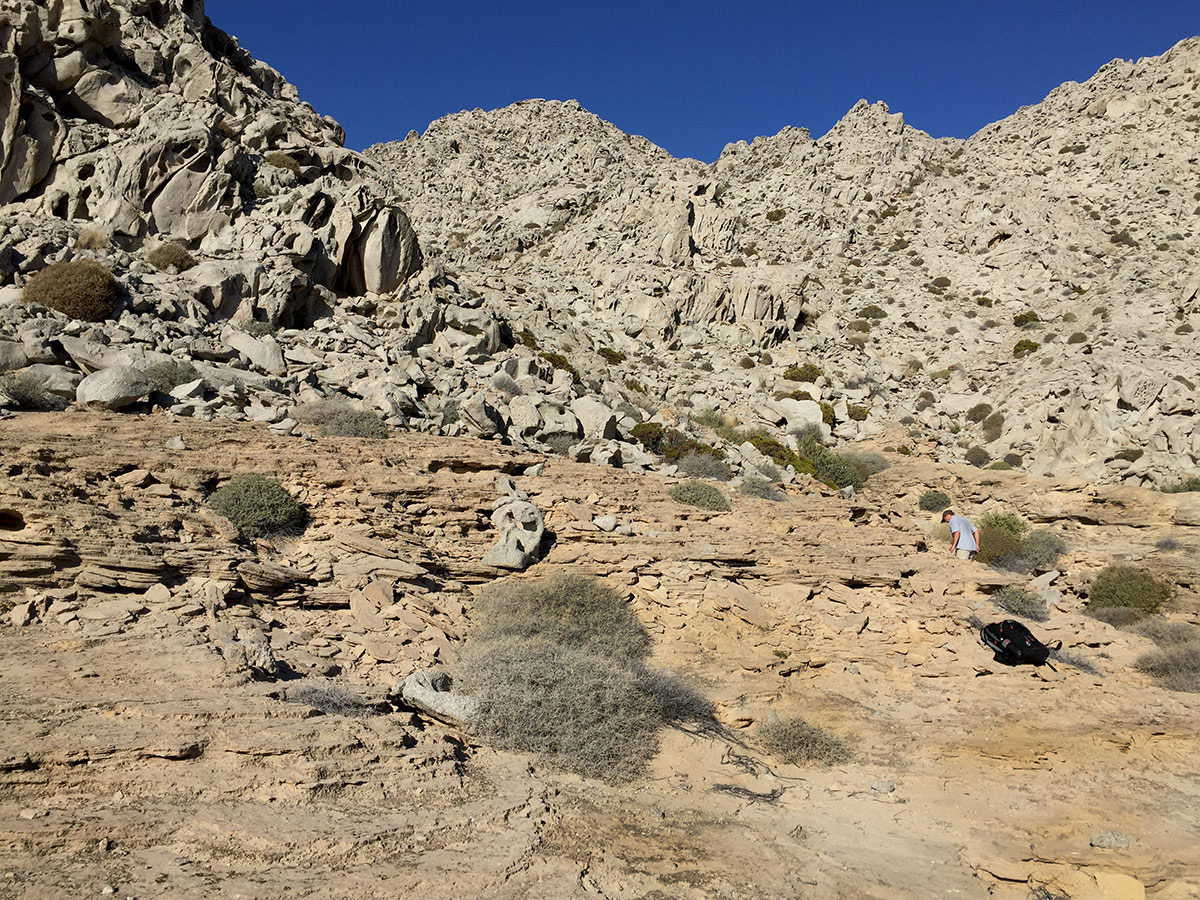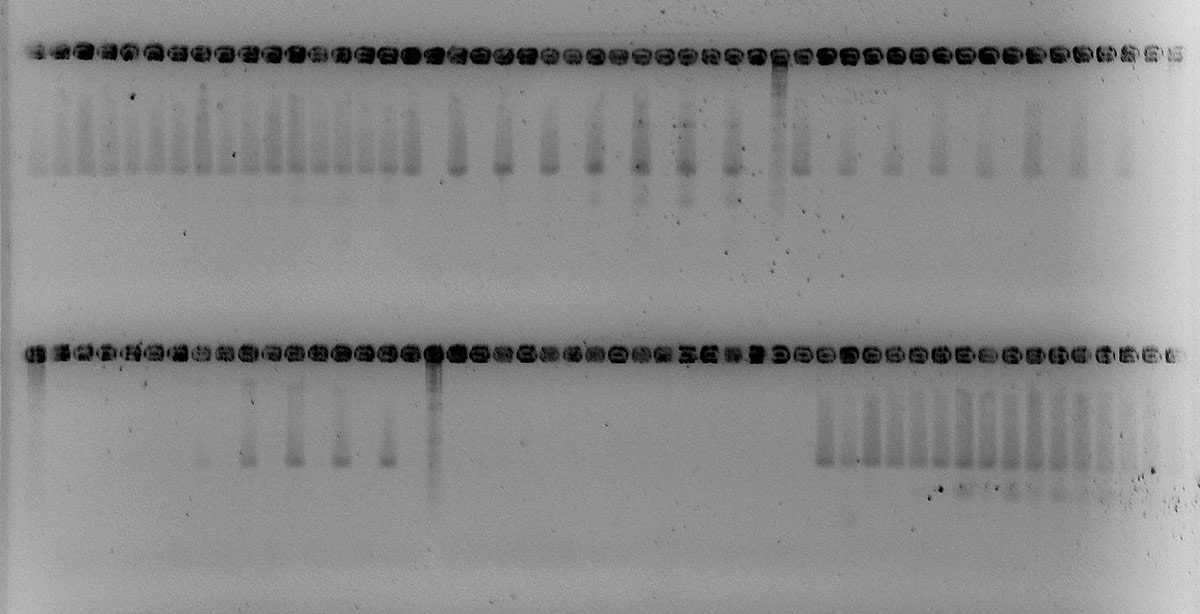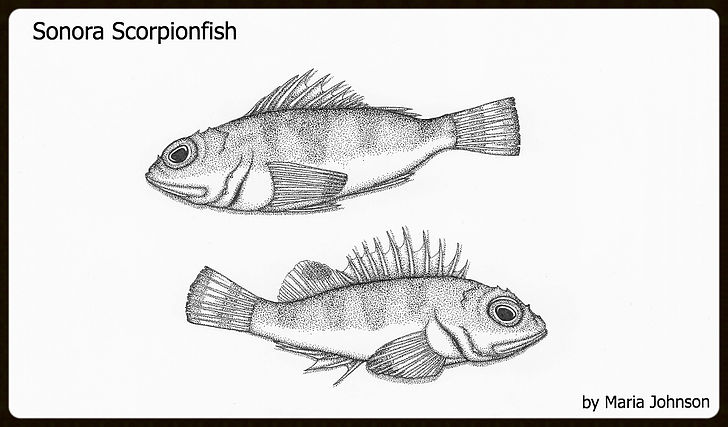Bycatch: Shovelnose Guitarfish and Pacific Seahorse in Terrain.org: A Journal of the Built + Natural Environments
- Details
- Category: Eric Magrane & Maria Johnson
- Created: Saturday, 23 July 2016 19:58
Published in: Terrain.org
Shovelnose Guitarfish
Rhinobatos productus
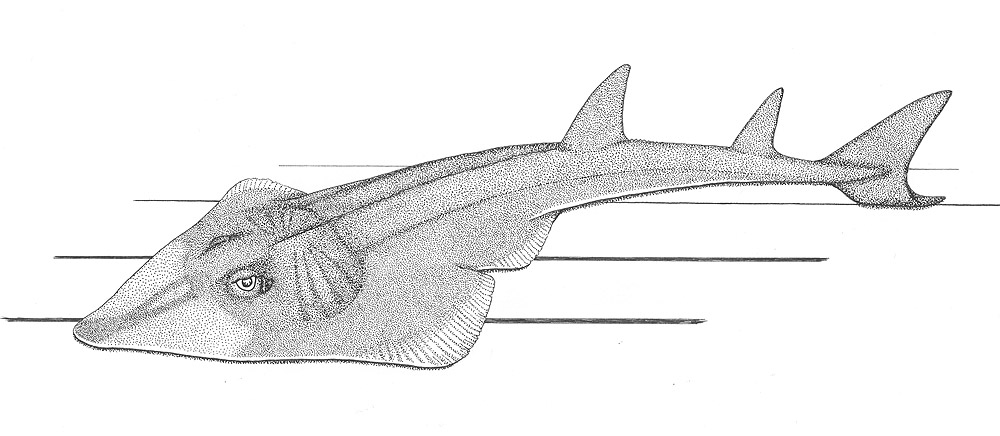
your fins like
a stratocaster
only quiet, not plugged
in yet, the amp
then with reverb
pedals on the boat
deck where you’ll be tossed
into a basket
maybe it’s better
than being shoveled
out the hatch
where the lobos
and pelicanos wait
though your name
also reminds me
of picasso
three musicians
fragmented
this pile of fish
maybe cubist space
is the best way of approaching it
this assemblage
on the deck of a boat
in the gulf of california
where humans take shovels
like snow shovels clearing a path after a storm
and scrape surplus life out those openings
at least that is not you
you will be in a basket
and then onto shore
and maybe into the fish taco
that I will later order
and I won’t think of your eyes
eyes with stars for pupils
your soft body
in my fish-stained
gloves cold hands
the rhythm of your slow
gestation, more like a bass line
than lead guitar
or the dumb luck of spatial and temporal overlap
where you gather
like you’re ready for the nets
like the nets maybe would be a vacation
from the long maturation
but the way they drag up everything in their path
but the way they drag up everything in their path
Pacific Seahorse
Hippocampus ingens
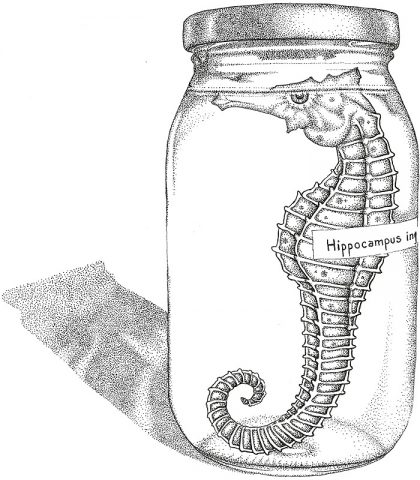
of the boat but in
a jar, preserved
in formaldehyde
this one specimen
bleached white and
is that your front pouch
filled with little replicas
of yourself, you
the male who carries
the babies, hundreds
of little horses
preserved forever
in non-life, deferred
to another world
we can fathom
the numbers, up to ninety
percent population
decline, little replicas
never to emerge
as we place you back
on the shelf with the many
other curiosities

